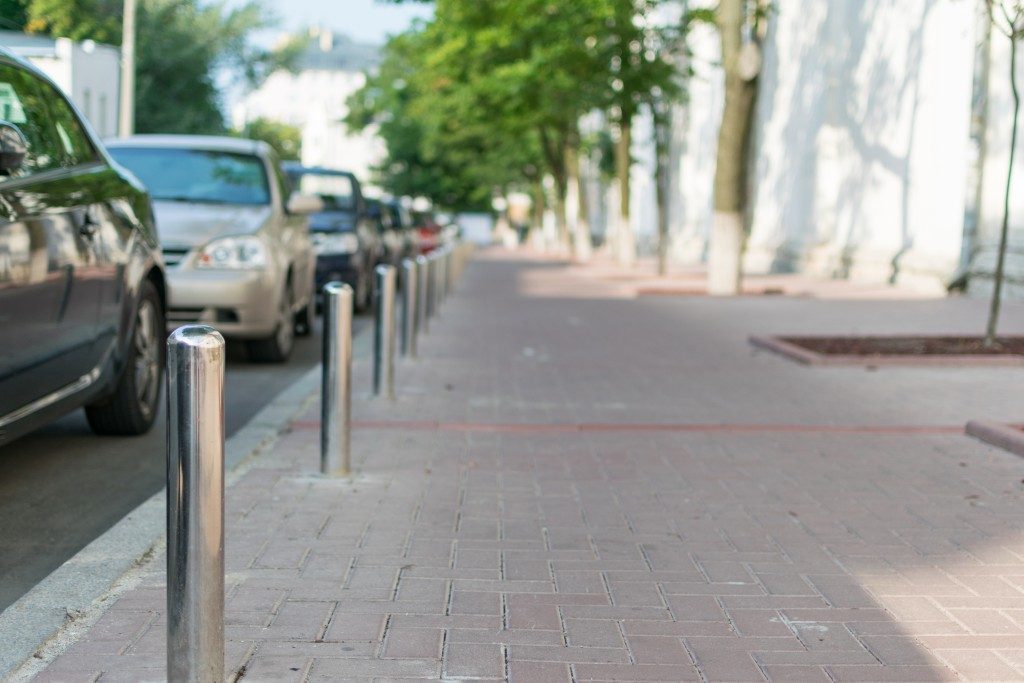Sidewalks have become an important road for walking. They are indeed a fuel-efficient and economical choice for travelling to the nearby grocery store or taking your daily jog every morning. Taking a walk down the street is not only good for your health but also the environment thanks to decreased carbon emissions by that car you’re driving.
Have you been bothered by the lack of sidewalks in your neighborhood, or are you delighted in seeing these narrow strips of road for convenient and safe walking? As good as they sound, however, there are people in the world who oppose their construction, being costly and a possible means for accessibility for unwanted populations.
Since sidewalks promote a more simple way of travelling, these side roads have developed taken a more societal and safety stance compared to the simplicity they once represented.
Purpose and Functionality
The common notion here is that the major roads and highways are for the cars and buses while the sidewalks are for the pedestrians. This is still true; however, peaceful strollers along large sidewalk pavers by builders such as K&E Flatwork have started getting disturbed or knocked into by scooter clad residents and cyclists.
What happened to bike lanes, you might ask. While some cities or parts of the world have bike lanes, others do not. While this is not an immediate fault of the sidewalk, it has been used for other purposes where people are encountered, such as street vendors, political representatives, and other loiterers.
Some cities have since banned some sidewalk activities aside from walking itself. It is clear that sidewalks are doing everyone a favor, including people utilizing other means of transport within them or giving speeches about the end of the world.
While people have other uses for it, some may be bothered by these activities.
The Shift to Road Safety (and Sidewalk Safety)
Road safety is important, and governments around the world have taken initiatives for road widening projects and promoting safety measures on the road. Car manufacturers themselves have added A.I. functionalities in their cars and smart driving features.
While these features are good, they are mostly limited to users on the road, thus, leaving pedestrians (or people using sidewalks and crossings) more vulnerable thanks to the prioritization of cars over people. A recent crash in Arizona led to the death of a bike rider attempting to cross the street, with the vehicle being a self-driving car.
Officials have attributed the incident to poor pedestrian design and poor illumination at night, indicating a lack of safety measures. All streets and crossings are designed differently, but some are simply safer to navigate than others.

Aside from proper urban planning and safety, sidewalks can cost a lot of money, one of the reasons people won’t stand by their construction. Sidewalk cracks, uneven surfaces, displacement, and gaps can make for an unsuspecting threat to pedestrians and passers-by.
Concrete replacements and safety measures can be done with the help of various contractors around Kansas city to ensure that pedestrians are safe and not at risk for tripping or injuring themselves in the process.
There is no doubt that sidewalks have served our purpose (and other purposes) for years. From living a healthy lifestyle, reducing carbon emissions, sidewalks have been markers of human and societal development, shifting the focus on changing needs, evolving trends on the road, and promoting safety measures.
People may have conflicting views on whether or not more are needed and the steep costs that come with it. Maybe sidewalks are a small representation of improved urban planning and development that people can take note off.

